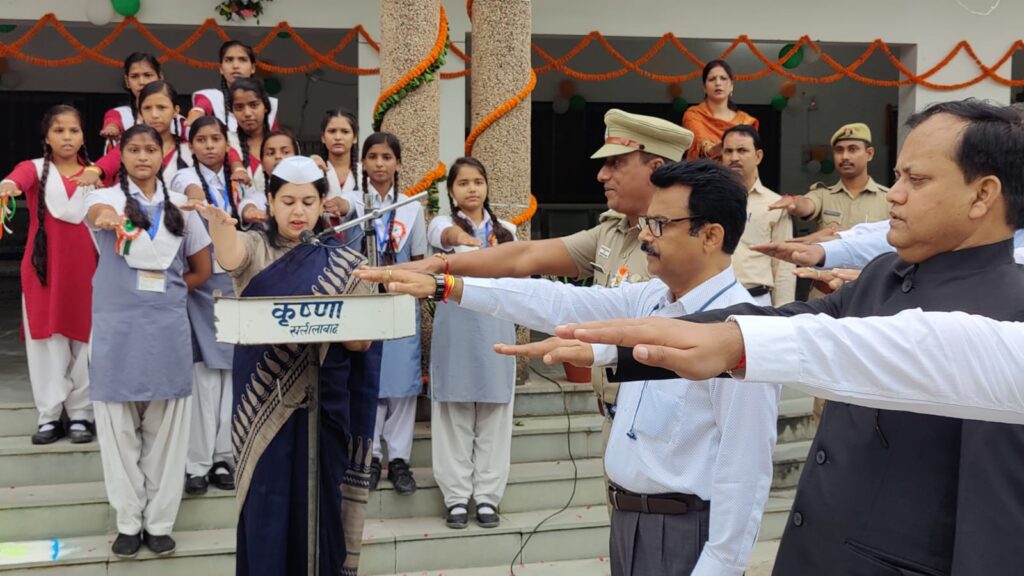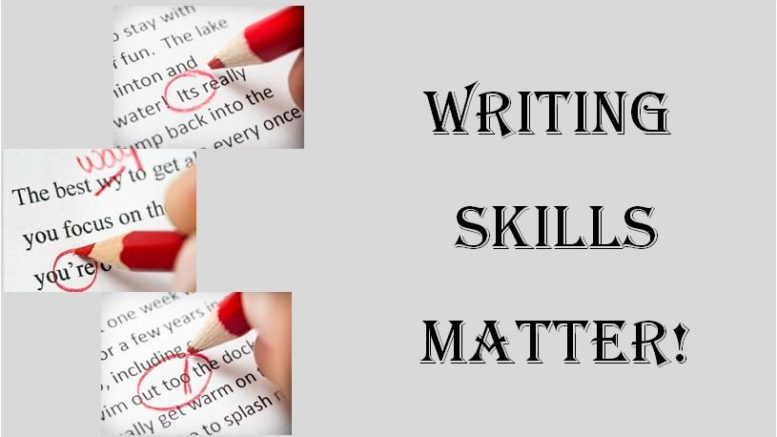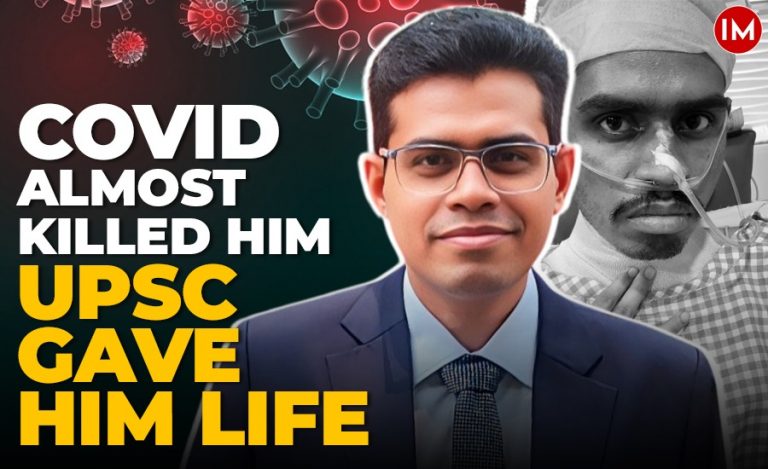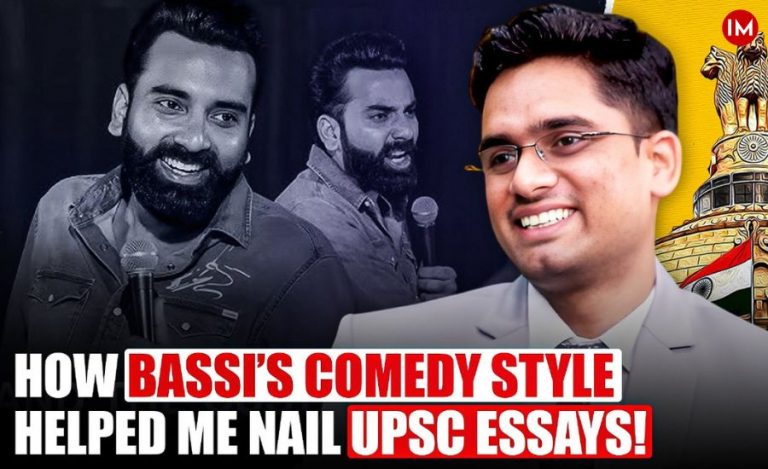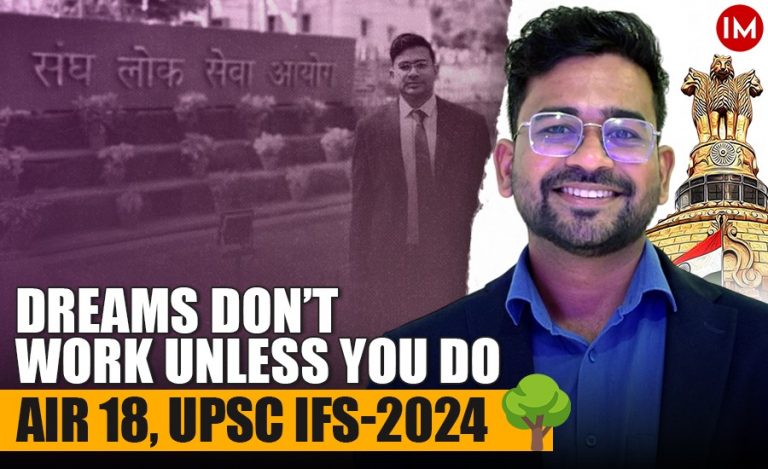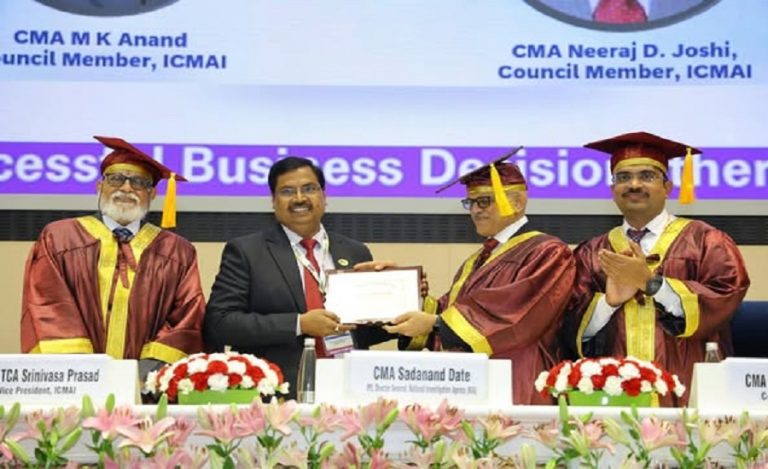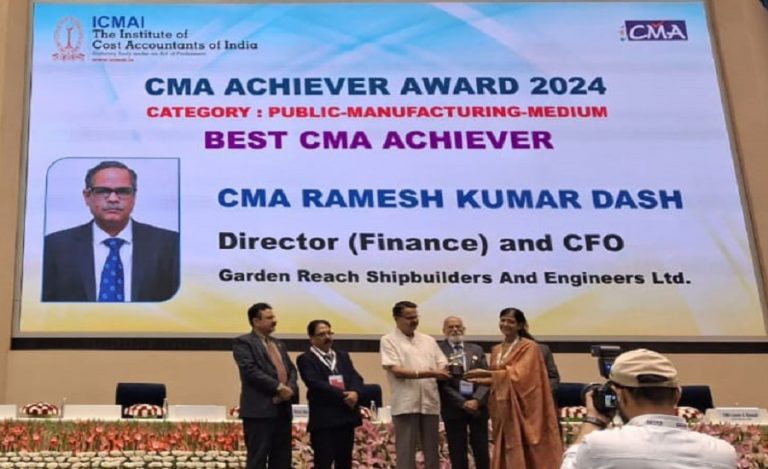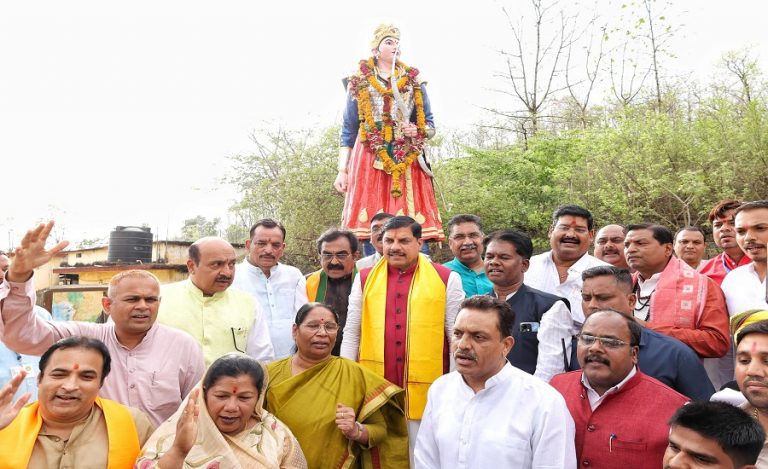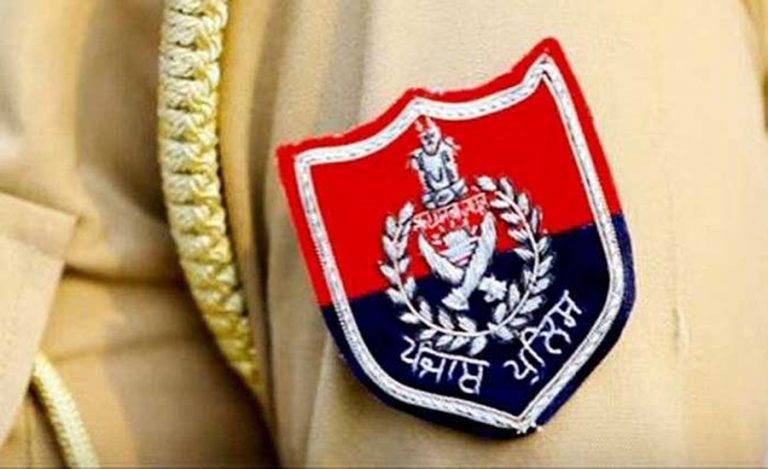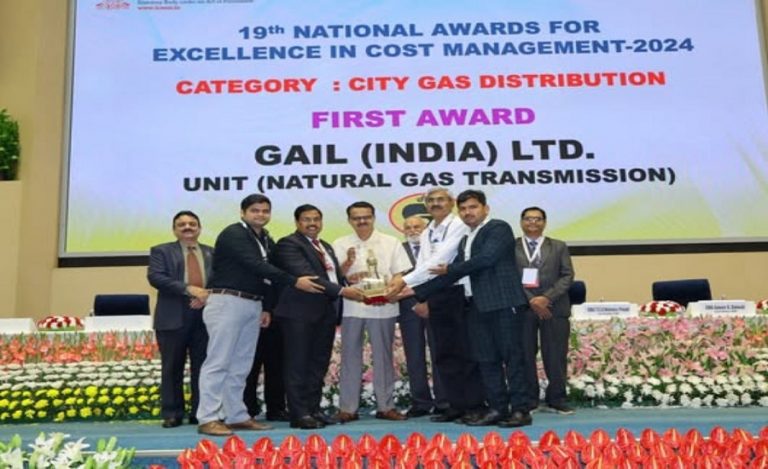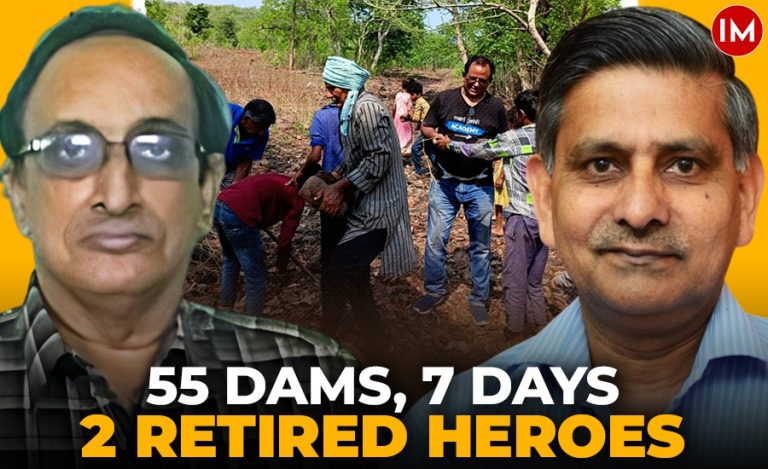Experts say that good writing skills are those, where the sentence fluency feels natural, smooth and expressive; and the sentences are easy to understand and fun to read. Being an UPSC CSE aspirant, it is extremely important to have good writing skills as the Mains examination is fully subjective and candidates will have to write nine papers.
There is an old saying that “you never get a second chance to make a good first impression”. And, in any competitive exam, your written words will always give the first impression about you to the examiner. So, it is not too late to brush up on your writing skills! And, the good news is, help is at hand.
2013-batch IAS officer and District Magistrate of Sant Kabir Nagar district of Uttar Pradesh, Ms. Divya Mittal has suggests ways to acquire good writing skills for everyone in a series of tweets.
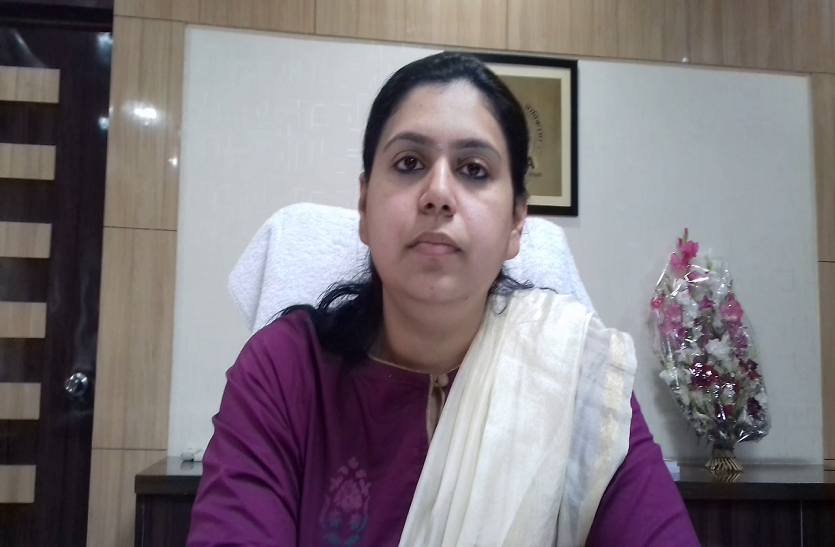
ELEMENTS OF WRITING
Ms. Mittal, tweeted: “How to write well? Anyone can write. It is not about language or expression, but about thoughts! Practical tips for writing and some tools/resources. Useful for essays, articles, answer writing and more.”
Then she elaborates her idea of a good write-up. For this, she suggests five elements of writing.
“Elements of a good write-up:
1. Hook- Opening
2. Thesis statement/ paragraph
3. Connection between paras
4. Rebuttal paragraph
5. Conclusion”
How to write well?
— Divya Mittal (@divyamittal_IAS) August 18, 2022
Anyone can write. It is not about language or expression, but about thoughts!
Practical tips for writing & some tools/resources
Useful for essays, articles, answer writing and more🧵
Retweet for wider reach
HOOK
In her next tweet, she describes the first element of good writing, which is Hook. “Why should someone be interested in what you are writing? Set the scene and grab attention.
– Story/anecdote
– Catchy phrase
– Cite a shocking fact
– Witty statement
– Personal experience
Or it can simply answer the question – “I am writing this piece because…”
THESIS STATEMENT
In her next tweet, she discusses about the second element of good writing, which is Thesis Statement. “Mostly the second paragraph should contain your argument. A brief summary of your main point. Especially important for exam essays. Most easy to understand Op-Eds (a newspaper page opposite the editorial page, devoted to personal comment, feature articles, etc.) will contain this.”
“Very important. I have not used in my Op-Eds, but always in UPSC essay.”

CONNECTION BETWEEN PARAS
Then she talks about connection between paragraphs and their best use. “The last line of preceding para should link with the opening line of the next para. It ensures continuity and ease of readability.”
“This can be avoided if the piece is in point wise form with completely distinct points.”
REBUTTAL PARA
Normally in debates, rebuttal para is the part where you explain what is flawed about the other side’s argument. Ms. Mittal talks about rebuttal para in her next tweet:
“Addressing the
Contrary opinion,
Conditions when your argument may not hold,
Warnings,
Put it in the second last para. Makes the writing real, humble and more relatable.”
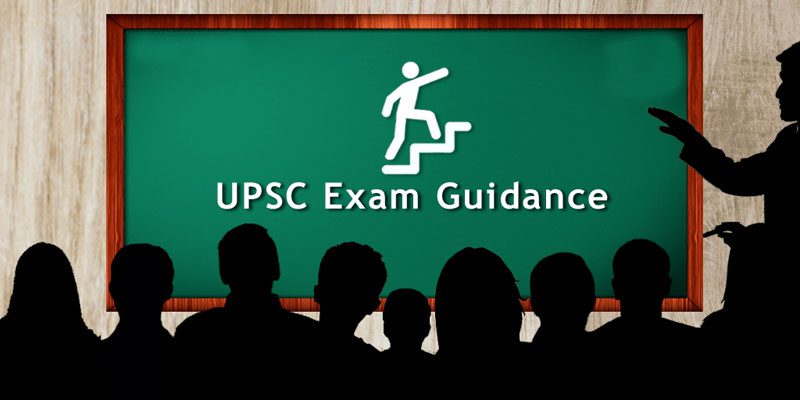
REITERATING STATEMENT
She concludes her thread with ‘reiterating statement’. “Reiterating statement. Make it powerful.
– Tie up loose strings to complete analysis
– Futuristic vision
– Generalizing to something more than the current topic
– Reiterating your thesis statement – ending with a quote.”
ADDED BONUS
She also added a few bonus points for the readers, after conclusion.
“Remember:
– Use simple language
– Avoid too many adjectives, adverbs
– Use active voice
– Be coherent
Most important point – Recognize your audience and respect them.
— Divya Mittal (@divyamittal_IAS) August 18, 2022
Tailor your writing for them.
Hope you found this useful.
Follow @divyamittal_IAS for more https://t.co/89quOr50Y7
She finally winds up by suggesting some online tools that can be very useful for a good write-up.
“Some Online Tools: Hemingway – Check readability -> Target a score below 10 for OpEd – Grammarly – grammar, clarity, engagement – Quillbot – to paraphrase a sentence – CoSchedule – write better headlines – AnswerthePublic – Generate Ideas
Books for better understanding of writings.
– Bird by Bird by Anne Lamott
– Reading Like a Writer by Francine Prose
-Story by Robert McKee (must for screenplay for movies/series)”
She signed off with this words:
“Recognize your audience and respect them.
Tailor your writing for them.
Hope you found this useful.”
